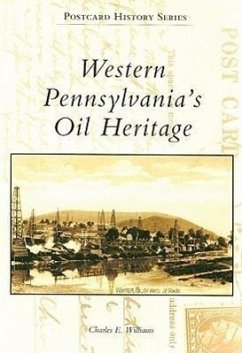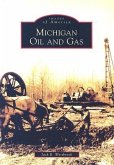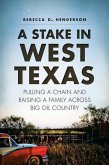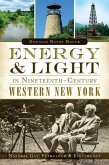The discovery of oil flowing from a well in the wilds of northwestern Pennsylvania shook the modern world in 1859. Refined as kerosene for lamps, a lubricant for home and industrial needs, and ultimately as a fuel for transportation in the form of gasoline, oil literally changed the world and defined global economics and politics. Western Pennsylvaniaas Oil Heritage profiles the history of Pennsylvania oil from its discovery and development to its impact on the culture, economy, and environment of the oil region. These vintage postcards provide a glimpse into the wide-ranging history of western Pennsylvaniaas oil region, from the cradle of the industry at Oil Creek, to the immensely productive Bradford oil field, and on to cities and towns like Oil City, built largely by the black gold.
Hinweis: Dieser Artikel kann nur an eine deutsche Lieferadresse ausgeliefert werden.
Hinweis: Dieser Artikel kann nur an eine deutsche Lieferadresse ausgeliefert werden.








